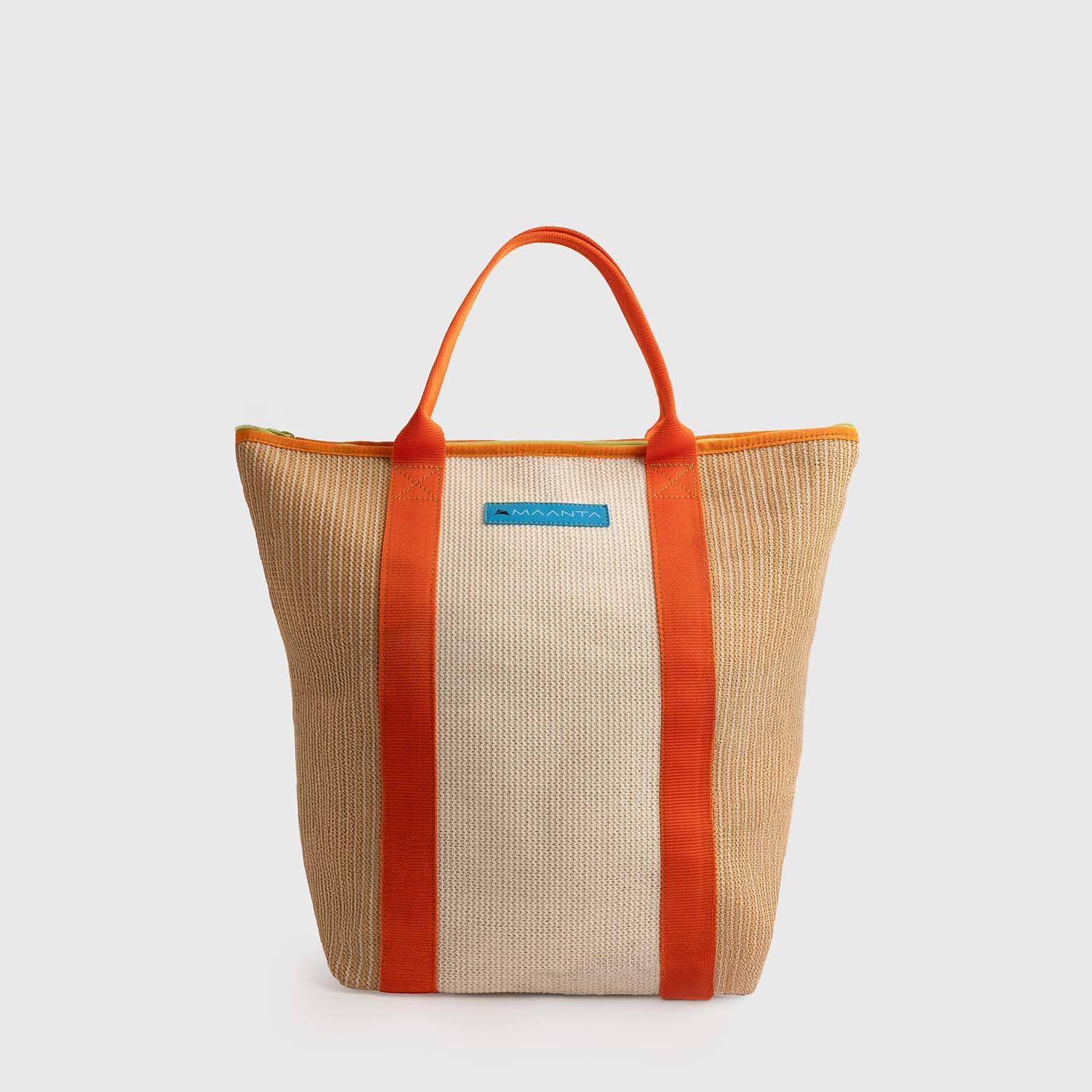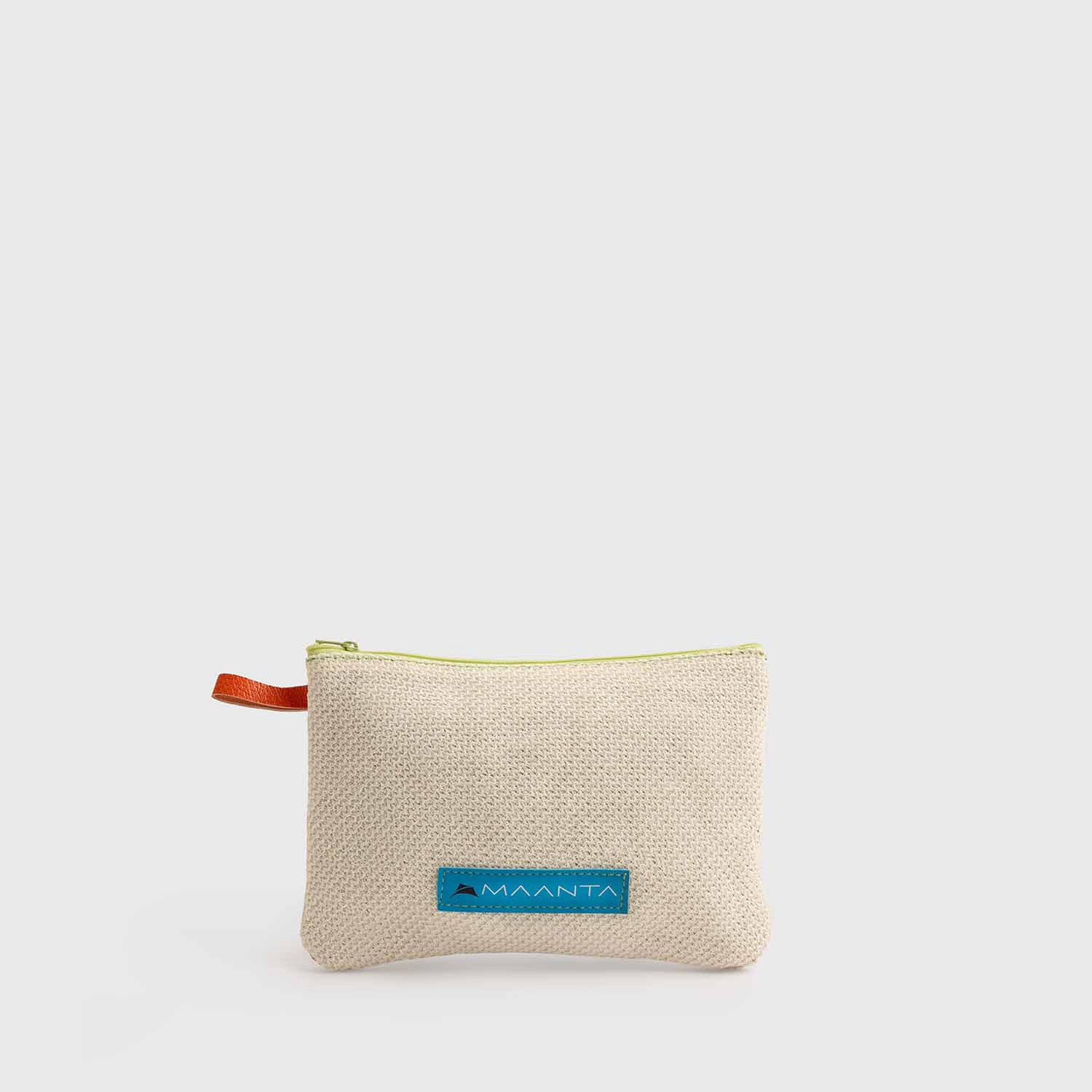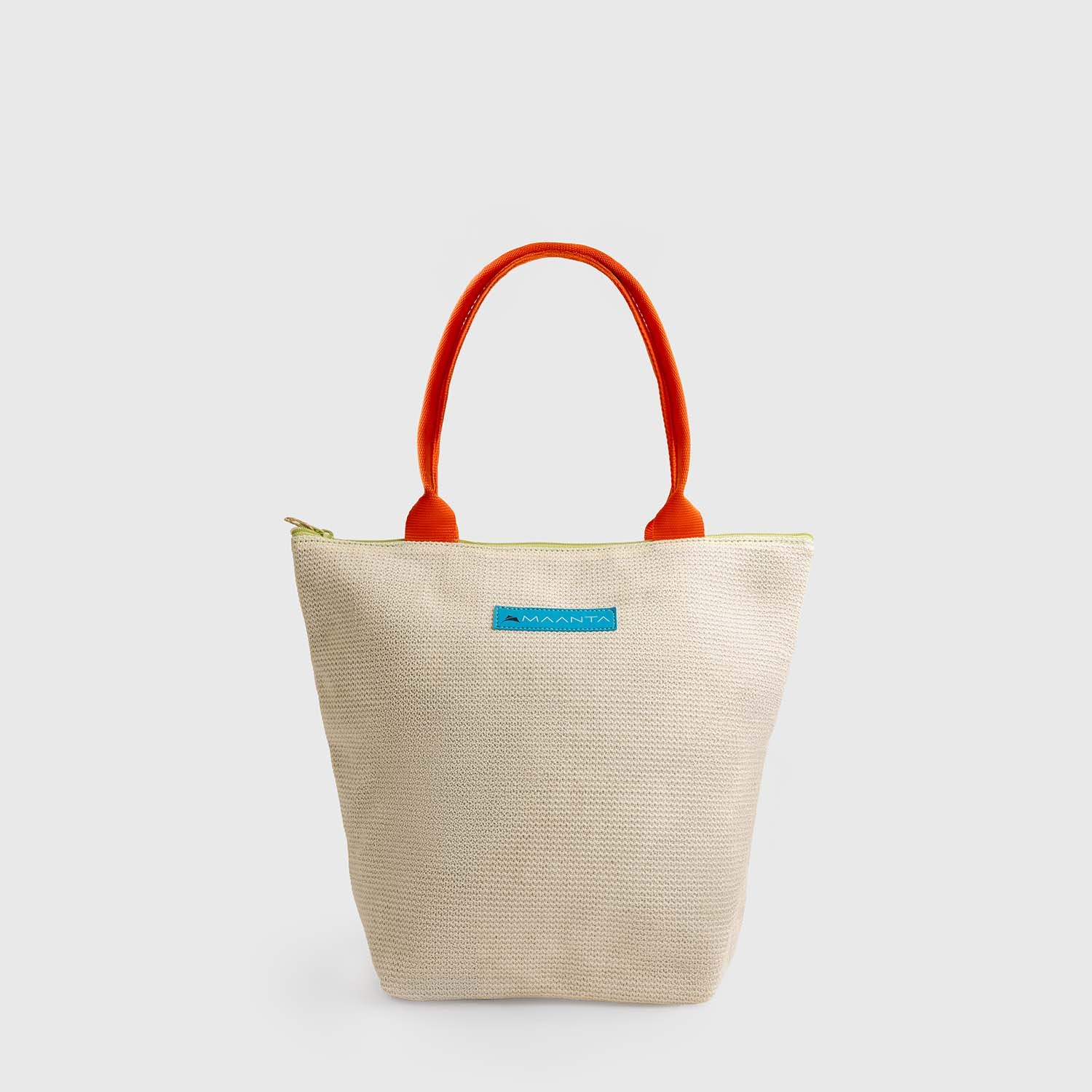Related products
£108.00
£120.00
Two-tone beach bag with orange inserts and green and blue details, comfortable fabric handles, top zip closure.
This bag is made with the formula of creative recycling . using the production scraps of our sails. With this small action Maanta becomes part of the circular economy, where waste becomes a resource .
Combination of HDPE Meshnet 320g...
£54.00
£60.00
Clutch bag made with the creative recycling formula, two-tone with green, blue and orange details with top zip closure.
With this small action, Maanta becomes part of the circular economy, where waste becomes a resource
Available color combinations:
Ivory and Cloud HDPE fabric
Ivory and Graphite HDPE fabric
Strictly hand-sewn with recycled material from...
£40.50
£45.00
Two-tone beach bag with orange inserts and green and blue details, comfortable fabric handles, top zip closure.
This bag is made with the formula of creative recycling . using the production scraps of our sails. With this small action Maanta becomes part of the circular economy, where waste becomes a resource .
Combination of HDPE Meshnet 320g...

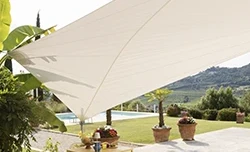
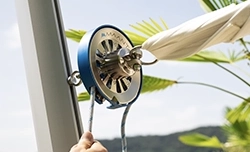
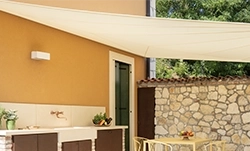
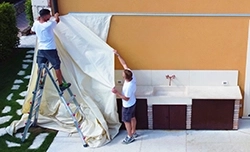
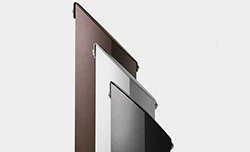
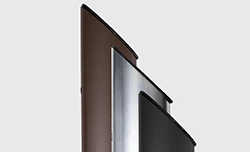
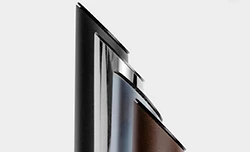
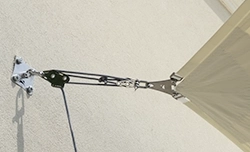
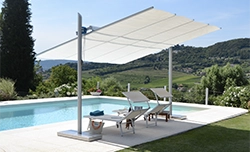
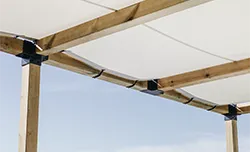
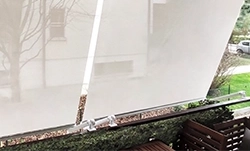
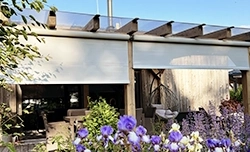
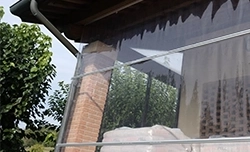
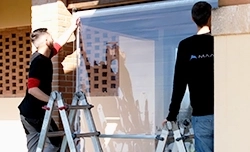
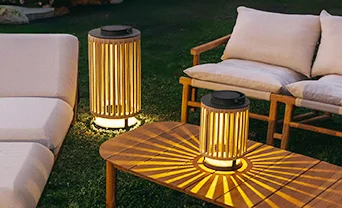
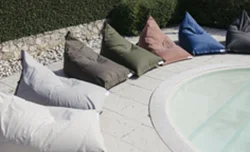
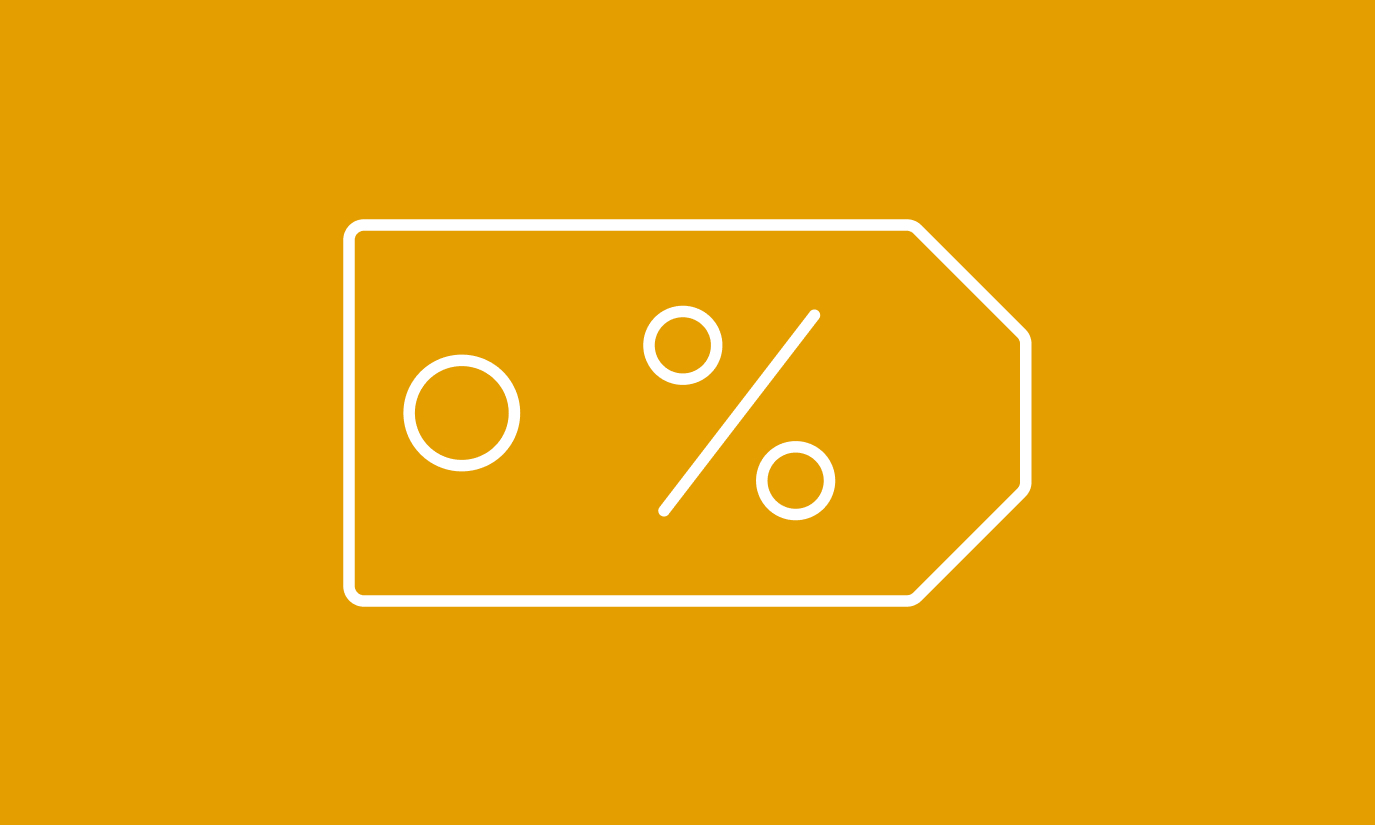
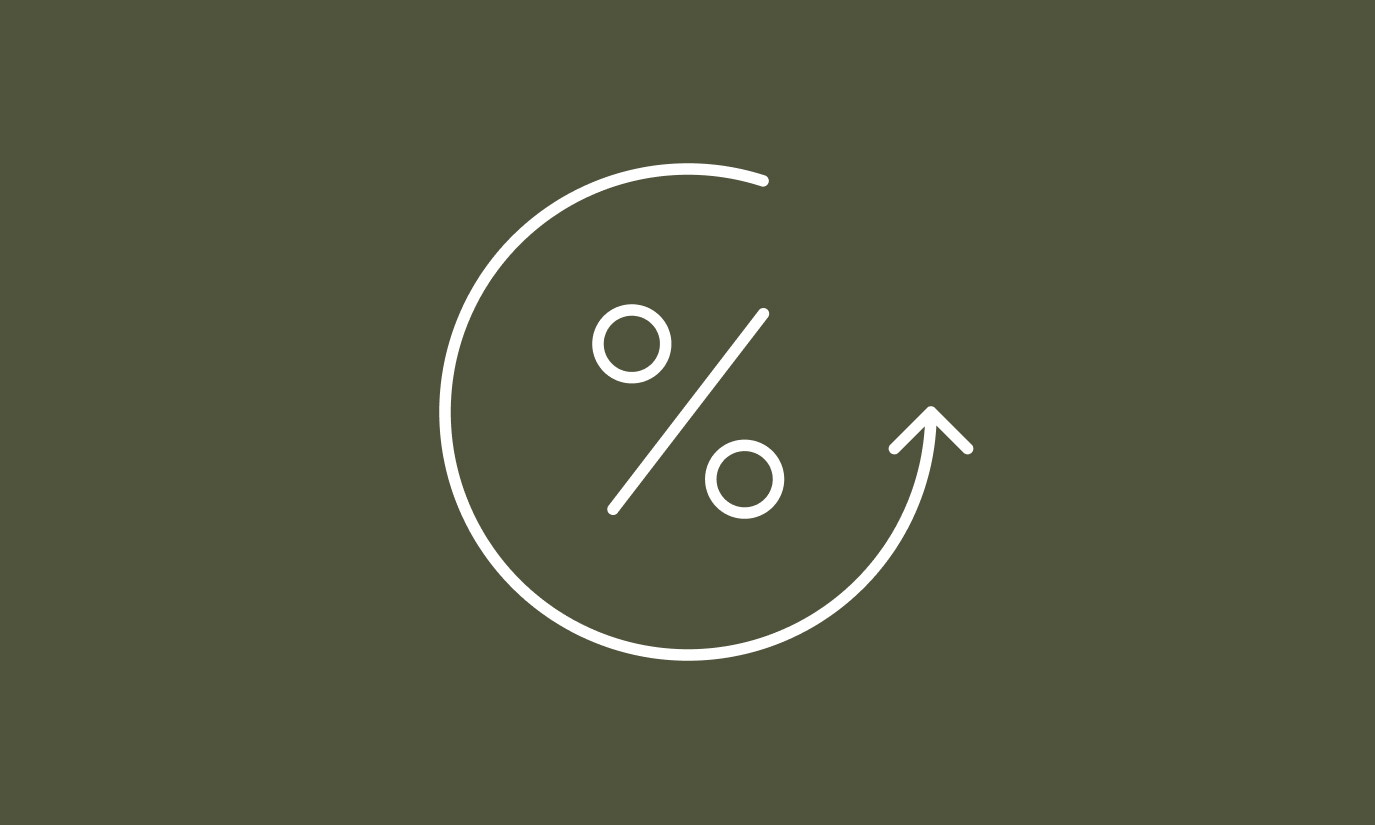
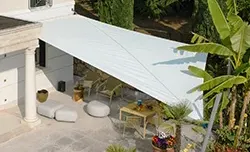
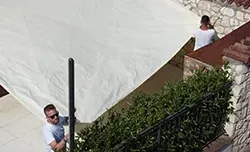
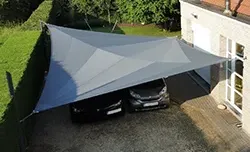

 English GB (English)
English GB (English)
.png)
